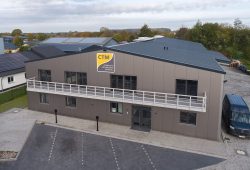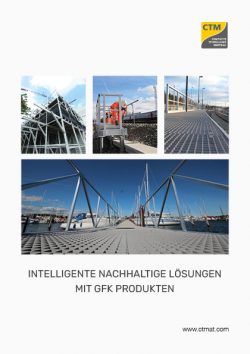In addition to polyester, vinyl ester and epoxy, there are a number of other systems with special properties that are also used to produce fiber composites:
Phenolic resins
Phenolic’s are particularly characterized by high temperature resistance and low-smoke, largely non-toxic fire behavior. Room-temperature curing systems contain highly corrosive components that make handling difficult and attack machinery during post-processing. The mechanical properties of phenolic resins are poor, and they are brittle and fragile.
Cyanate ester
Cyanate esters, which have excellent di-electric properties, are used in the manufacture of radomes and antenna claddings. Combined with fiber reinforcements of quartz, these resins are virtually radiotransparent.
Polyurethanes
When maximum toughness is required, polyurethanes — often combined with other resins to increase their inherently poor compressive strength — are the first choice. Curing requires isocyanates, which are harmful to health.
Bismaleimides
For air intakes in turbine engines and other high-temperature aerospace applications, high temperature strength (250°C) is required, which is achieved by bismaleimides.
Polyimides
At the upper end of the price scale are the polyimides at over EUR 80/kg. They surpass the bismaleimides in terms of temperature resistance; working ranges up to 300°C are possible. Some of the raw materials from which polyimides are made are toxic, so that their processing by hand is not recommended. Processing is complicated anyway, as water is released during curing, and the strength of these resins is not very high. Their application is limited to military components on missiles and aircraft.


